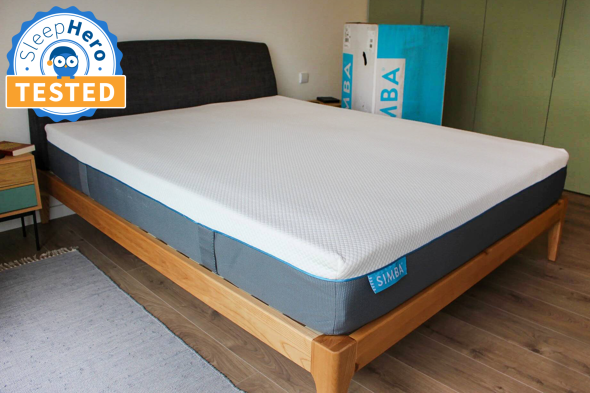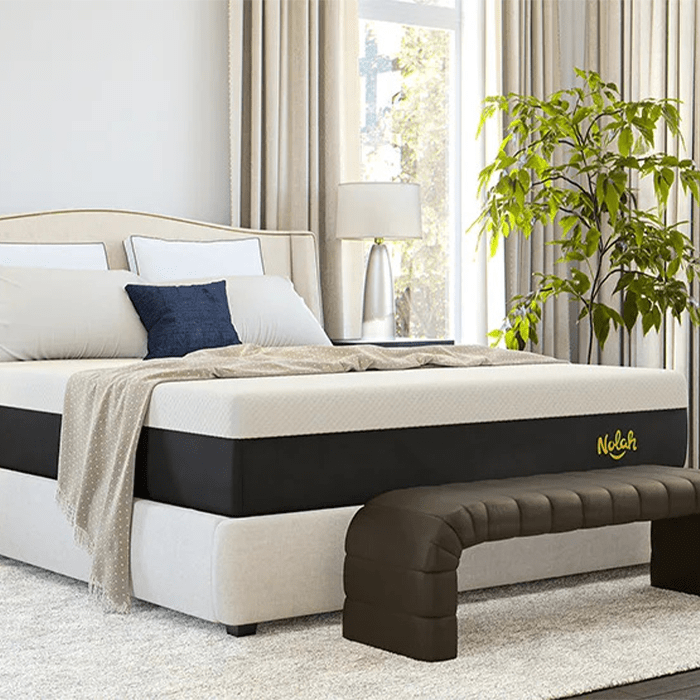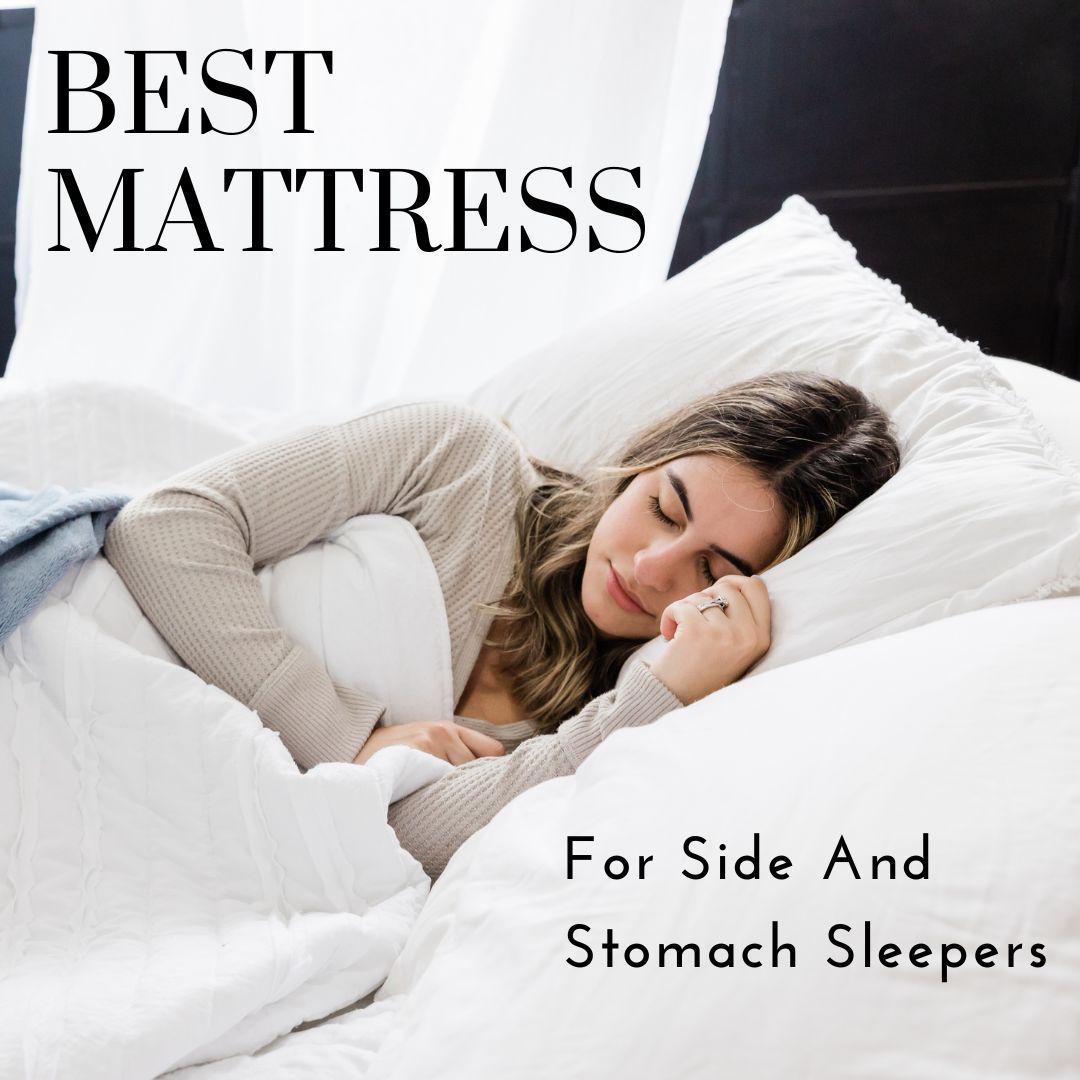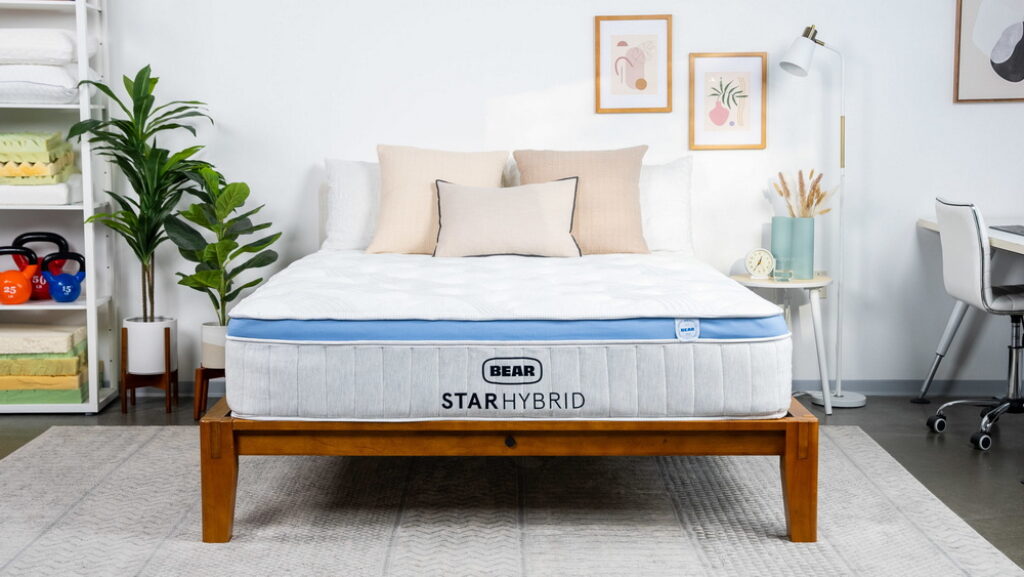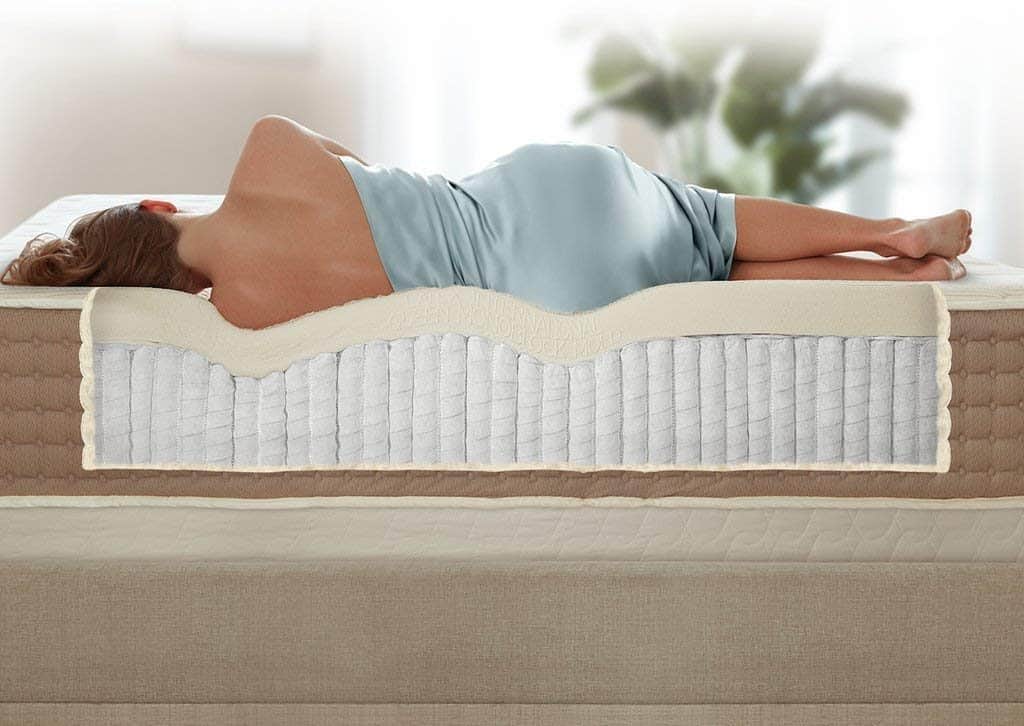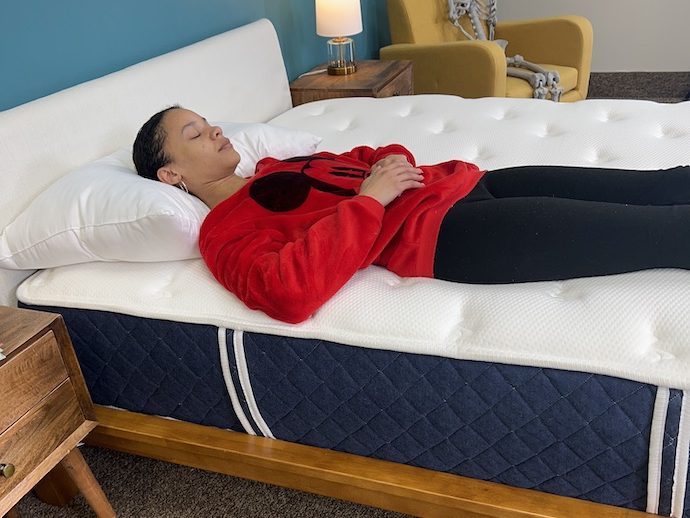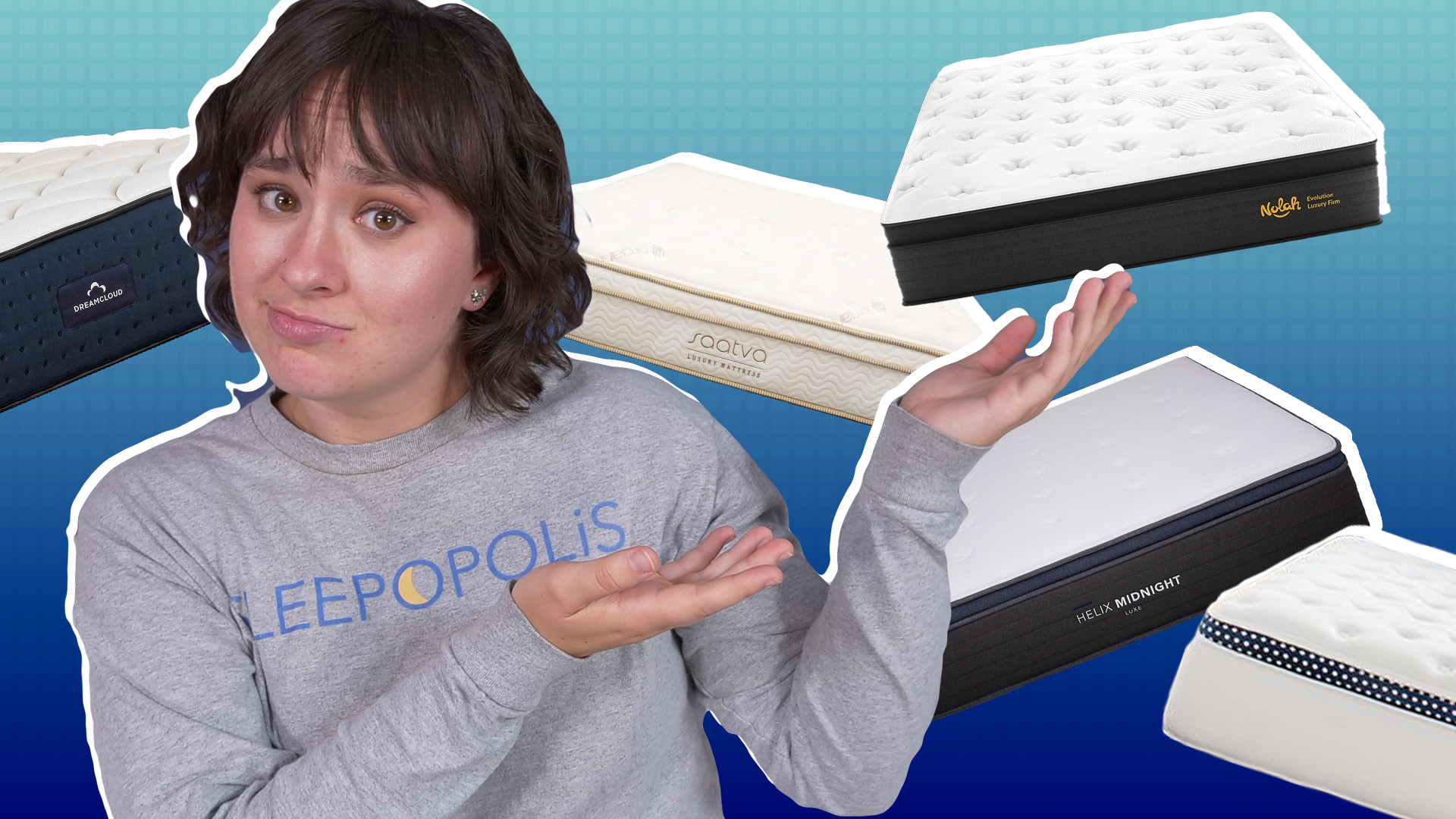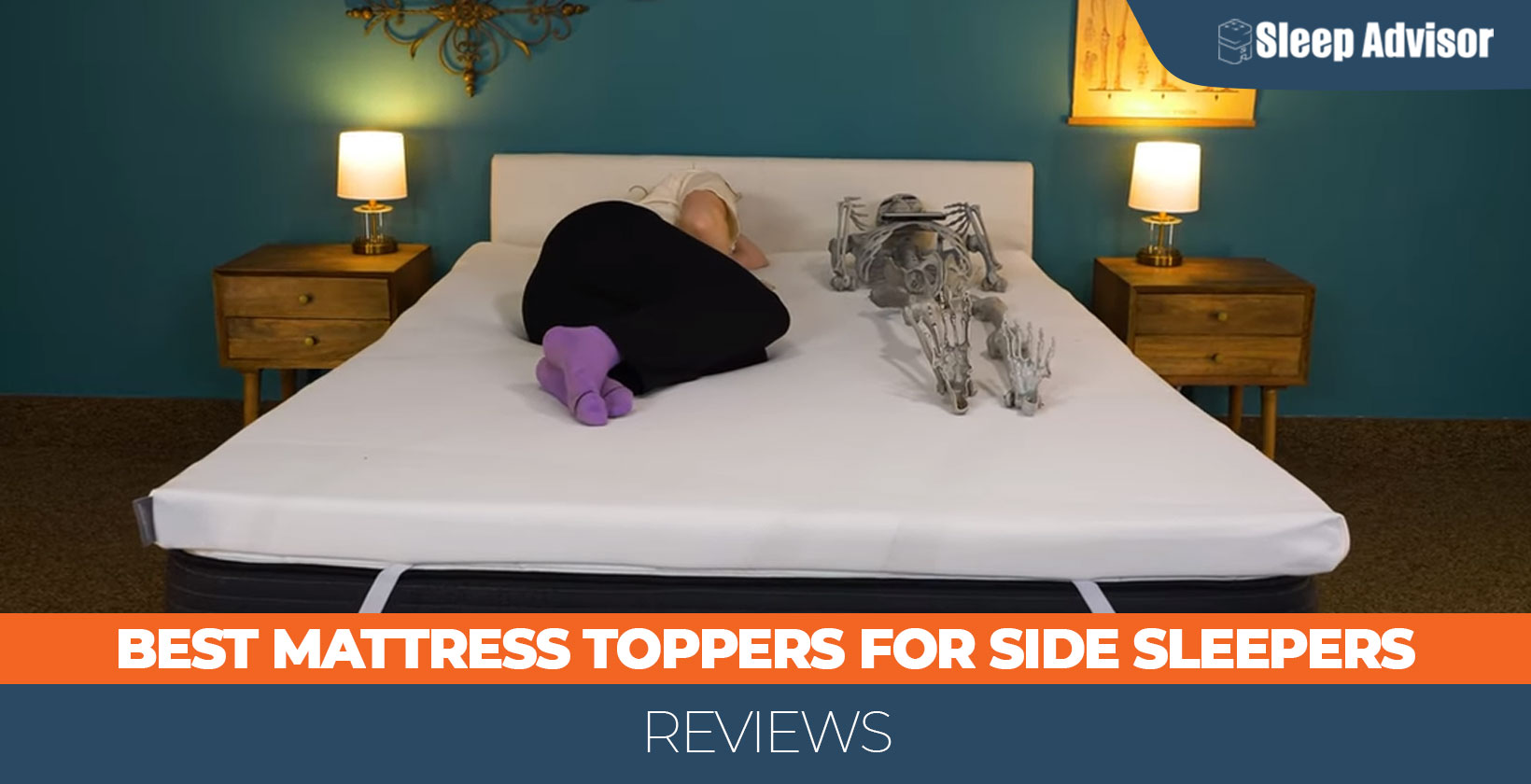Best Mattress For Elderly Side Sleepers

For elderly individuals who favor sleeping on their side, finding the right mattress can significantly impact sleep quality and overall well-being. The wrong mattress can exacerbate existing joint pain and contribute to discomfort, hindering restful sleep. Understanding the key features to look for in a mattress tailored to this specific demographic and sleep position is essential for making an informed decision.
The ideal mattress for elderly side sleepers should provide a balance of pressure relief, support, and comfort. These factors directly influence spinal alignment and minimize stress on pressure points like the hips and shoulders. This article explores the features and types of mattresses best suited for elderly side sleepers, offering guidance for improved sleep and enhanced quality of life.
Key Considerations for Elderly Side Sleepers
The Sleep Foundation recommends prioritizing pressure relief when selecting a mattress for side sleeping. Pressure relief is vital to preventing aches and pains that often develop overnight. Without proper cushioning, the shoulders and hips bear the brunt of the body's weight, leading to discomfort and potentially exacerbating existing conditions like arthritis.
Support is equally important. A mattress with adequate support ensures the spine remains properly aligned, reducing the risk of back pain. Look for mattresses that offer a combination of comfort and firmness to maintain proper spinal alignment.
Mattress firmness is subjective but generally, elderly side sleepers benefit from mattresses in the medium-soft to medium range. According to Consumer Reports, this firmness level provides sufficient cushioning for pressure points while still offering adequate support. However, individual preferences and body weight should be considered during the selection process.
Mattress Types and Their Suitability
Several mattress types cater well to side sleepers. Memory foam mattresses are popular for their contouring abilities, cradling the body and relieving pressure. This is especially beneficial for sensitive joints. However, traditional memory foam can trap heat, so consider options with cooling technologies like gel infusions or open-cell structures.
Latex mattresses offer a similar conforming feel to memory foam but tend to be more breathable and responsive. Latex is a durable material and can be a good choice for elderly individuals seeking a long-lasting mattress. Both natural and synthetic latex are available, with natural latex often considered a more eco-friendly option.
Hybrid mattresses combine the benefits of innerspring coils with layers of foam or latex. This combination provides both support and pressure relief, making them a versatile choice for side sleepers. The coil system helps promote airflow, contributing to a cooler sleep experience.
Innerspring mattresses, while traditionally firmer, can still work for side sleepers if they have a substantial comfort layer on top. The comfort layer should be thick enough to provide adequate cushioning for pressure points. Look for innerspring models with individually wrapped coils, as these tend to conform to the body better than interconnected coils.
Special Features to Consider
Edge support is an essential feature for elderly individuals who may need assistance getting in and out of bed. A mattress with strong edge support prevents sagging and provides a stable surface to sit on. This is particularly important for those with mobility issues.
Consider mattresses with enhanced cooling features. As we age, our bodies may have a harder time regulating temperature. Cooling technologies such as gel-infused foam, breathable covers, and open-cell structures can help maintain a comfortable sleep temperature throughout the night.
Look for mattresses with hypoallergenic materials. Allergies can disrupt sleep, so a mattress made with hypoallergenic materials can minimize exposure to allergens like dust mites and mold. This is particularly beneficial for individuals with sensitivities or respiratory conditions.
Making an Informed Decision
Before purchasing a mattress, it's crucial to read reviews and compare different models. Pay attention to reviews from other elderly individuals, especially side sleepers, to gain insights into their experiences. The Better Sleep Council provides useful information on mattresses and sleep health.
Take advantage of trial periods offered by many mattress companies. A trial period allows you to test the mattress in your own home and ensure it meets your comfort and support needs. Be sure to understand the terms and conditions of the trial period before making a purchase.
Consider consulting with a healthcare professional, such as a doctor or physical therapist, for personalized recommendations. They can assess your specific needs and provide guidance on selecting the most appropriate mattress for your individual circumstances. This can be particularly beneficial for individuals with chronic pain or other medical conditions.

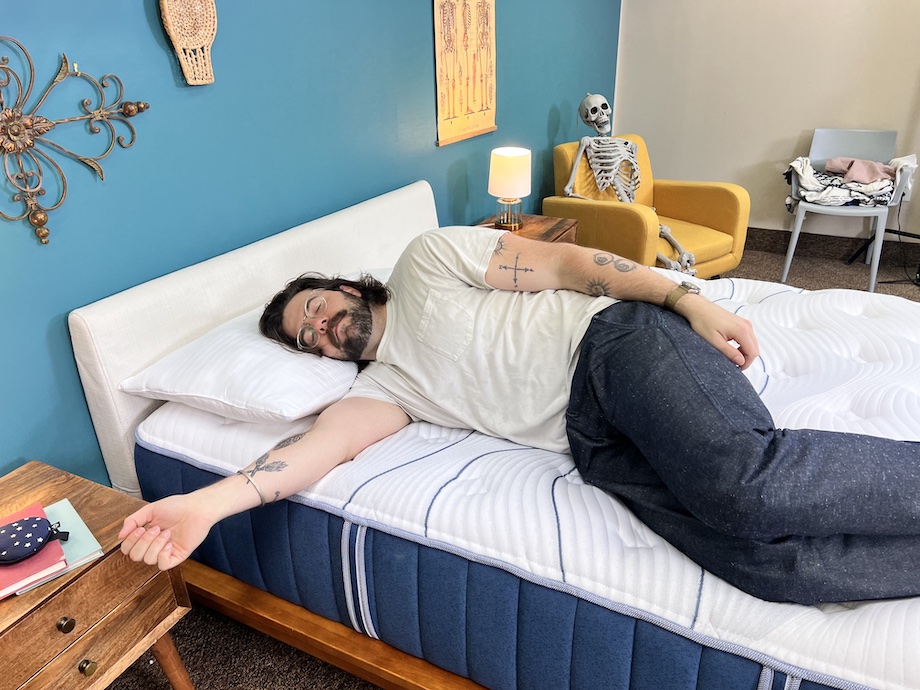
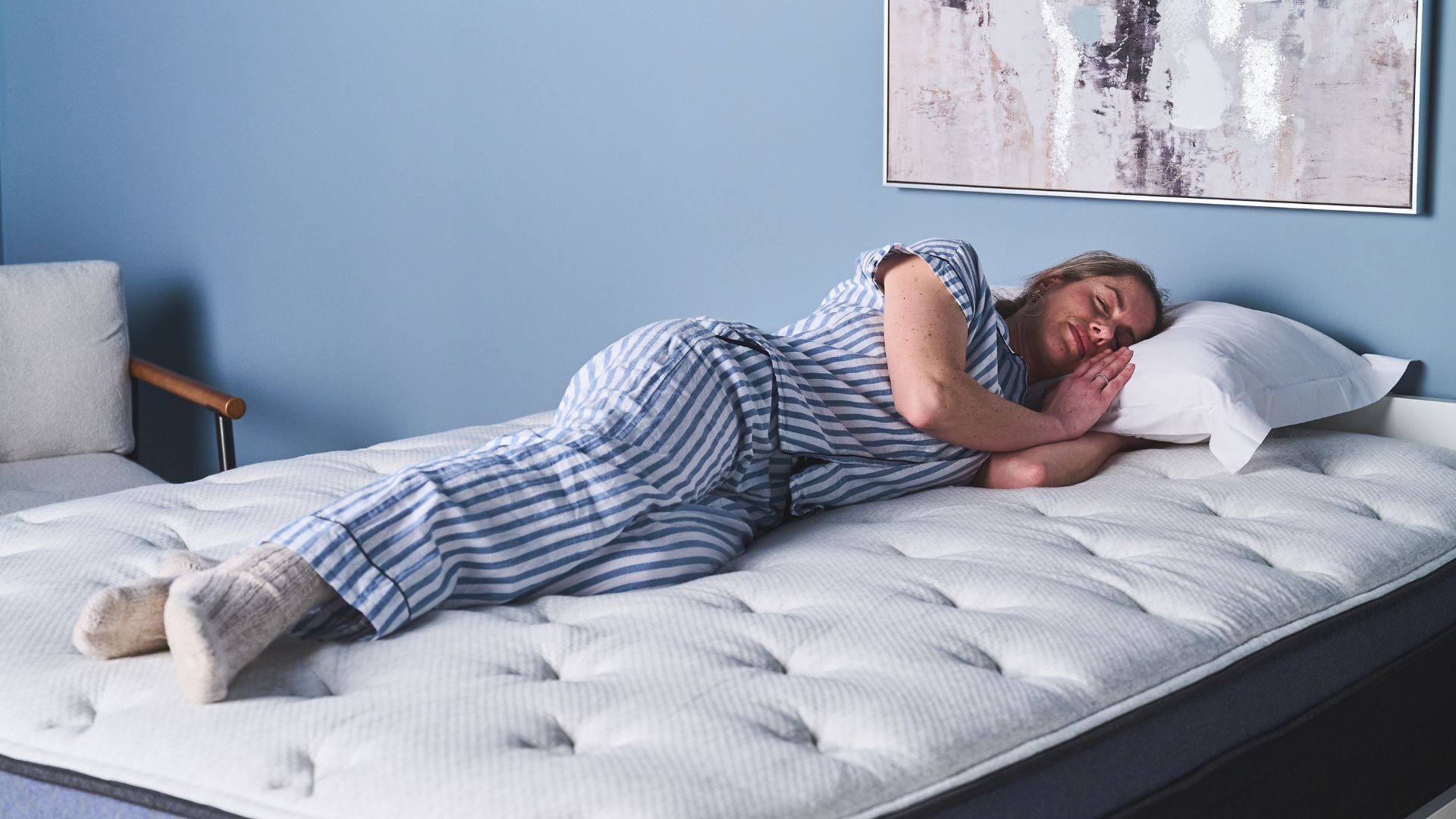


:max_bytes(150000):strip_icc()/hlt-product-saatva-loom-leaf-dburreson-007-b65092ed8a3748d4968cc83814bdbd73.jpeg)

